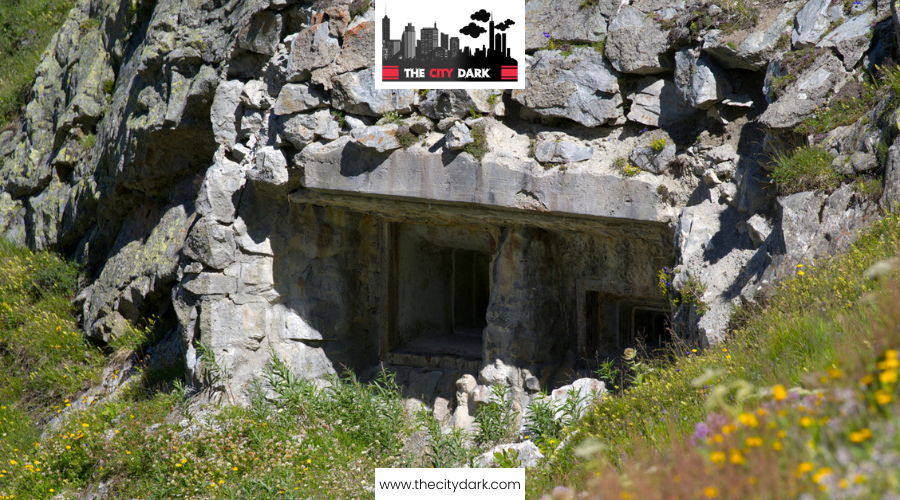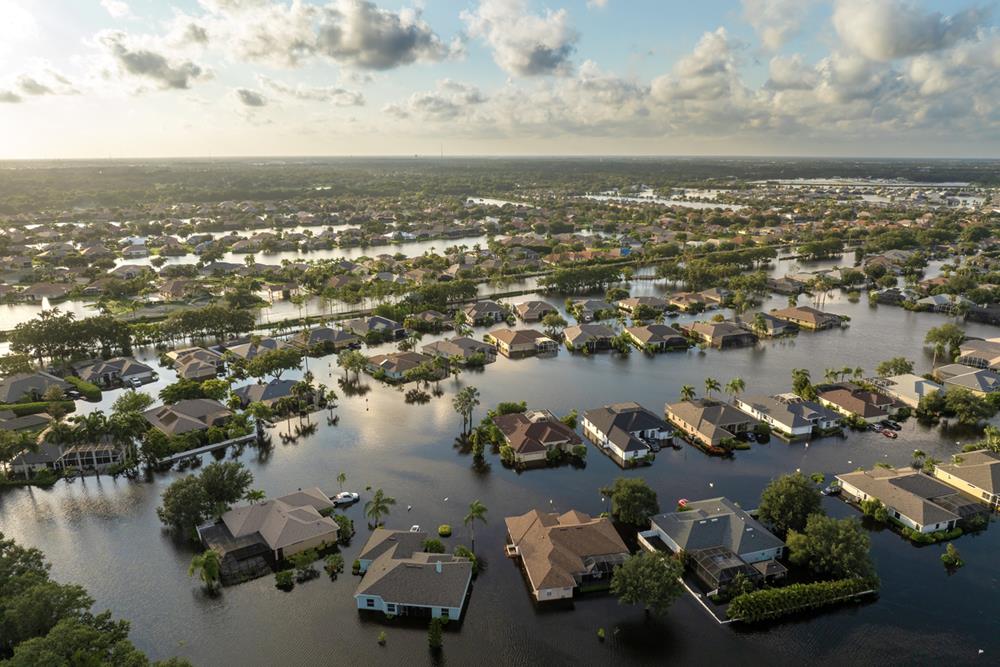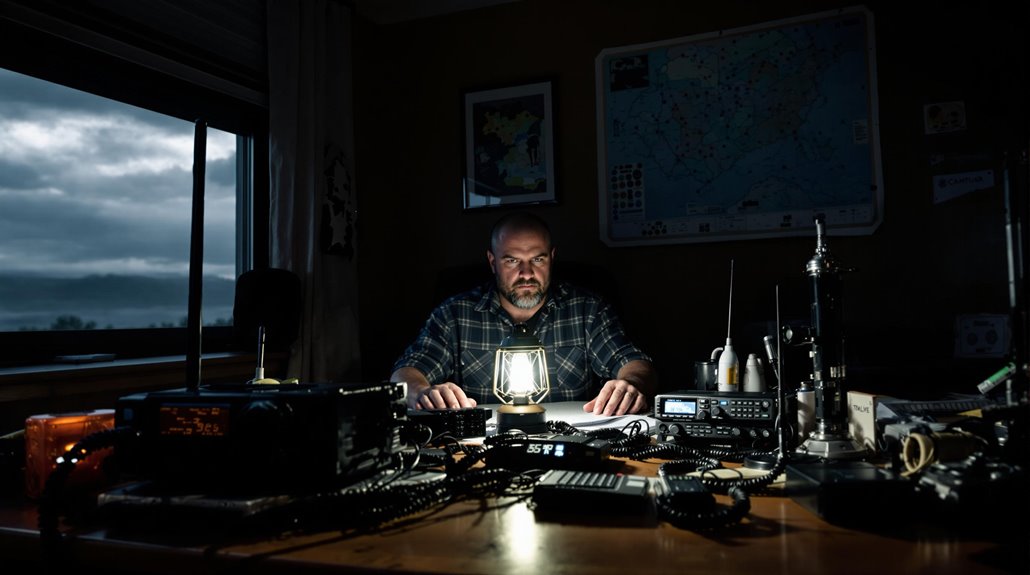How Every Swiss Citizen Had a Bunker: Inside the World’s Most Prepared Nation

Switzerland's mandatory shelter law guarantees every citizen has access to a nuclear bunker spot. Since 1962, developers must include shelters in new buildings or pay for public facility spots. With over 370,000 protective facilities, Switzerland maintains the world's highest bunker-to-citizen ratio, exceeding 100% coverage. These dual-purpose spaces serve as wine cellars, storage areas, and community centers during peacetime. Russia's invasion of Ukraine has renewed appreciation for this unique civil defense system that seamlessly integrates into daily life.
Switzerland's Unique Mandatory Shelter Law: A Cold War Legacy
While most nations dismantled their civil defense systems after the Cold War, Switzerland doubled down on a revolutionary concept: mandatory bunkers for all citizens. Since 1962, Swiss law has required that every resident have access to a shelter spot, creating the world's most extensive civilian protection network.
You'll find bunkers in virtually every Swiss building constructed after this mandate. Developers and property owners must shoulder costs ranging from 1,500 to 3,000 Swiss francs per shelter spot, resulting in over 370,000 protective facilities nationwide.
What was once dismissed as Cold War paranoia has gained renewed relevance. After events like Fukushima and Russia's invasion of Ukraine, Swiss civil protection measures no longer seem excessive. The Swiss bunker system represents a unique national commitment to civilian safety that has weathered decades of changing Nuclear threats.
The Numbers Behind the World's Highest Bunker-to-Citizen Ratio
When you look at raw numbers, Switzerland's civil defense system stands unmatched globally. With over 370,000 bunkers providing shelter space for 8.7+ million people, Switzerland maintains the world's highest bunker-to-citizen ratio—exceeding 100% coverage nationwide.
"Since World War II, Switzerland has prioritized civilian protection unlike any other nation," notes Historian Silvia Berger. The Federal Office for Civil Protection enforces regulations requiring every new residential building to include an on-site fallout shelter or contribute to public bunker funding.
Despite the Second World War ending decades ago, Switzerland continues investing $250 million over 15 years to modernize these facilities. This commitment has gained renewed attention following Russia's invasion of Ukraine, reminding citizens that these bunkers—equipped with filtration systems and two-week supplies—remain ready should nuclear war ever threaten Europe again.
From Wine Cellars to War Rooms: Dual-Purpose Design of Swiss Shelters

Unlike nations that built purely utilitarian emergency structures, Switzerland has mastered the art of dual-purpose bunker design, transforming what could have been austere concrete chambers into practical everyday spaces.
You'll find Swiss citizens using nuclear shelters as wine cellars, storage facilities, saunas, and community centers during peacetime. These versatile spaces host activities from paintball to band practice, and provide shelter for refugees.
The impressive Sonnenberg bunker exemplifies this pragmatic approach—originally designed to shelter 20,000 people, its capacity was reduced to 2,000 when officials questioned its practicality and maintenance costs.
Public shelters now serve commercial purposes too, storing valuable assets from cryptocurrency to artisanal cheese. This dual-purpose design philosophy reflects Switzerland's practical approach to civil defense—integrating shelter space seamlessly into daily life while maintaining readiness for emergencies.
Sonnenberg: The Rise and Fall of the World's Largest Civilian Bunker
The Sonnenberg bunker stands as both the pinnacle and cautionary tale of Switzerland's civil defense ambitions. Designed in the 1970s as part of the National Redoubt strategy, this massive nuclear bunker could shelter 20,000 people during a nuclear attack—making it the world's largest civilian emergency shelter.
You'd be surprised how quickly reality shattered these grand plans. During a 1987 test, crews couldn't even close one of the 350-ton doors meant to protect against nuclear fallout. This embarrassing failure forced cantonal authorities to reconsider the entire approach.
The Economics of Underground Switzerland: Who Pays for Safety?
Three separate entities shoulder the enormous financial burden of Switzerland's underground safety network: developers constructing new buildings, property owners maintaining existing structures, and ordinary citizens through mandatory contributions.
If you're building a new home in Switzerland, you'll need to include shelters in new buildings or pay 1,500 to 3,000 Swiss francs per spot in the nearest public facility. That's the cost per every resident. Inside the bunker, four concrete doors might separate you from potential danger in the event of a nuclear attack.
While Sonnenberg, once the largest civilian shelter, represents public investment, private shelters constitute most of Switzerland's protective infrastructure. The government plans to invest one quarter billion Swiss francs over 15 years for modernization, while some abandoned bunkers now generate revenue as data centers or luxury accommodations.
From Cold War Paranoia to Modern Threats: Evolving Perceptions

When Switzerland first began requiring bunkers in every home, many citizens viewed them as relics of paranoid Cold War thinking. The policy to provide shelter space for every citizen faced growing skepticism during the pacifist movements of the 1970s and 80s, with many questioning the need to build shelters for nuclear conflict.
Today, you'll find a dramatic shift in perspective. Following Fukushima and Russia's invasion of Ukraine, this underground world has become part of Swiss identity—viewed as a privilege rather than a burden.
The civilian bunker network is now recognized as vital protection against terrorism and natural disaster scenarios, not just war. Neighboring countries like Finland and Sweden are following Switzerland's lead, reassessing their own shelter systems. What was once seen as Swiss military overreach has transformed into a model of civil defense that others seek to emulate.
How Russian Aggression Renewed Swiss Appreciation for Bunkers
Russia's invasion of Ukraine in February 2022 dramatically transformed Swiss citizens' attitudes toward their concrete underground havens. What many had dismissed as Cold War relics suddenly became viewed as critical infrastructure with real-world relevance.
You'll find Switzerland's federal civil protection agencies were flooded with inquiries about bunker locations, particularly the massive Sonnenberg Tunnel facility. The invasion prompted both Swiss nationals and neighboring French citizens to seek information about the nearest bunker near their homes.
This renewed appreciation highlighted Switzerland's military history of preparedness—ensuring enough space per capita in residential buildings despite never experiencing direct conflict.
Unlike disaster in Japan or the plight of asylum seekers elsewhere, Swiss citizens now consider their mandatory shelter system a "privilege" rather than an outdated requirement, recognizing the strategic value of being the world's most prepared nation.
Beyond Switzerland: How European Nations Are Following Suit
The ripple effects of Switzerland's bunker strategy have spread across Europe, inspiring neighboring nations to reassess their own civil defense systems. Finland leads the charge, with bunkers capable of sheltering 85% of its population—nearly five million people—while Sweden protects 67% of its residents with sophisticated ventilation systems similar to those Zora Schelbert documented in Swiss facilities.
Norway is considering reinstating shelter requirements, acknowledging the renewed importance of defensive infrastructure. Germany faces a more significant challenge with fewer than a thousand public shelters, now weighing incentives for private shelter construction to close this gap.
Meanwhile, Spain has witnessed a 200% surge in personal bunker demand since 2022, directly linked to Ukraine's conflict. This war has transformed European security consciousness, with nations increasingly adopting Switzerland's proactive approach to civilian protection.




